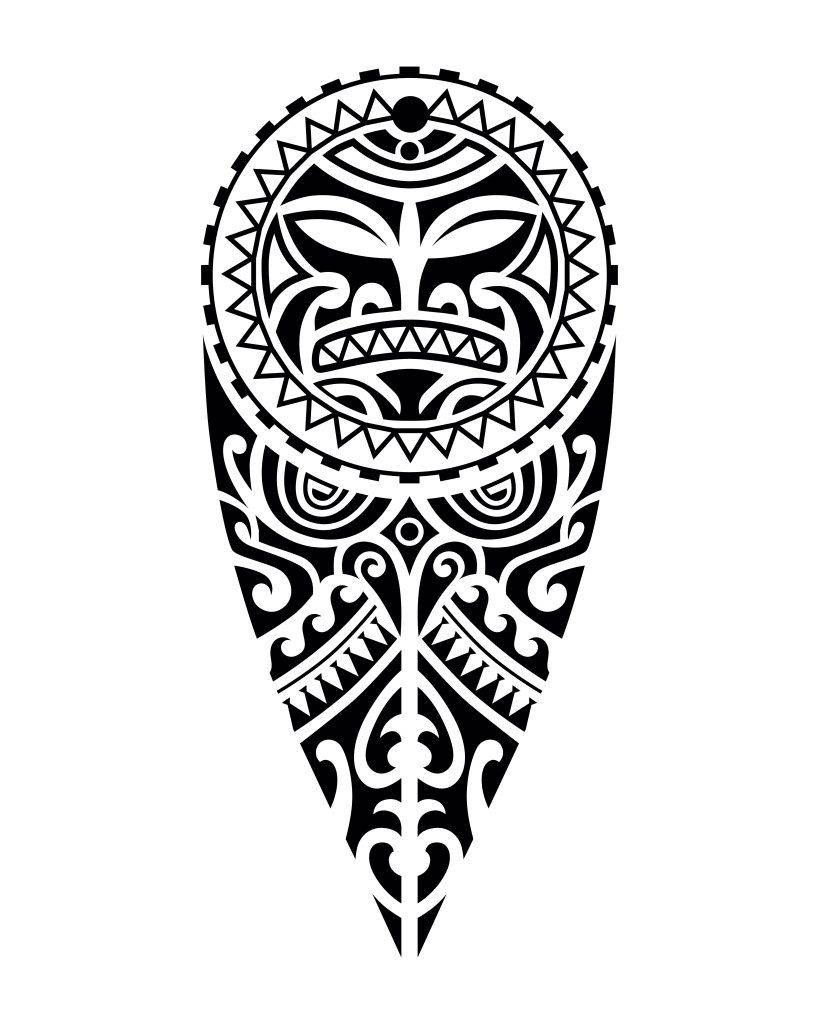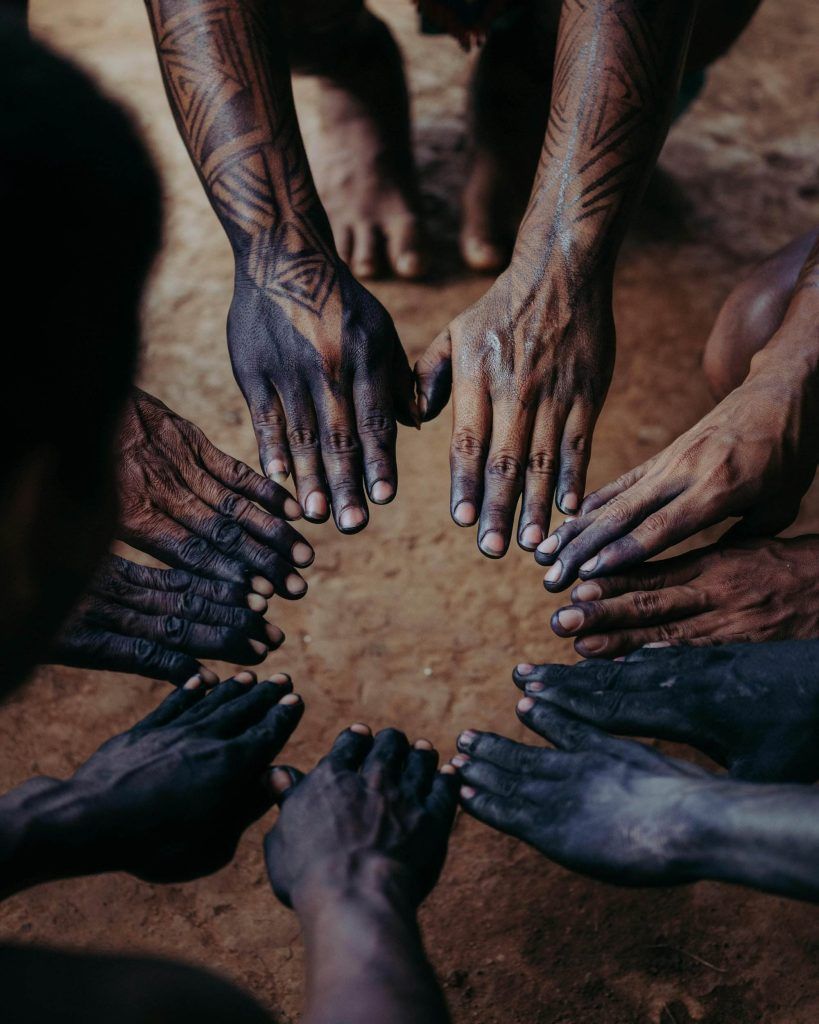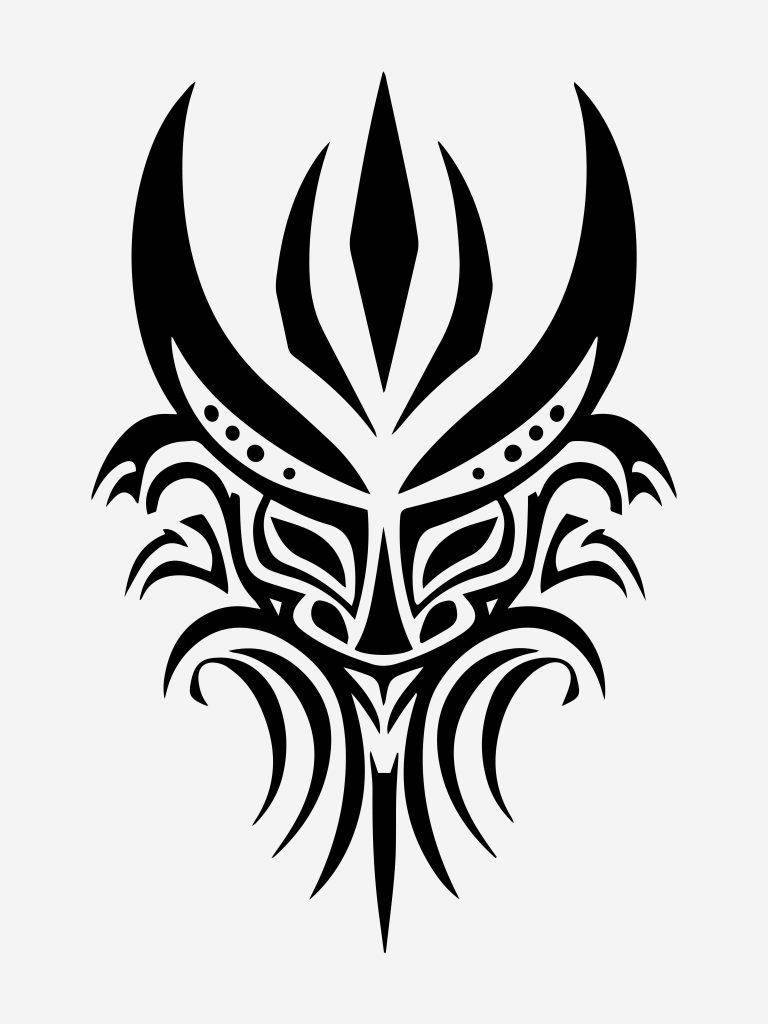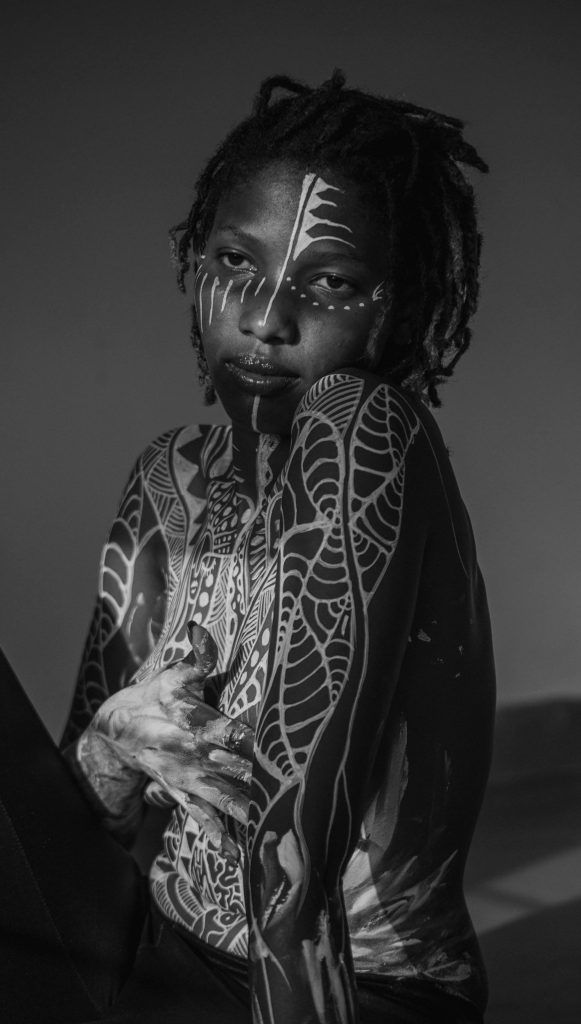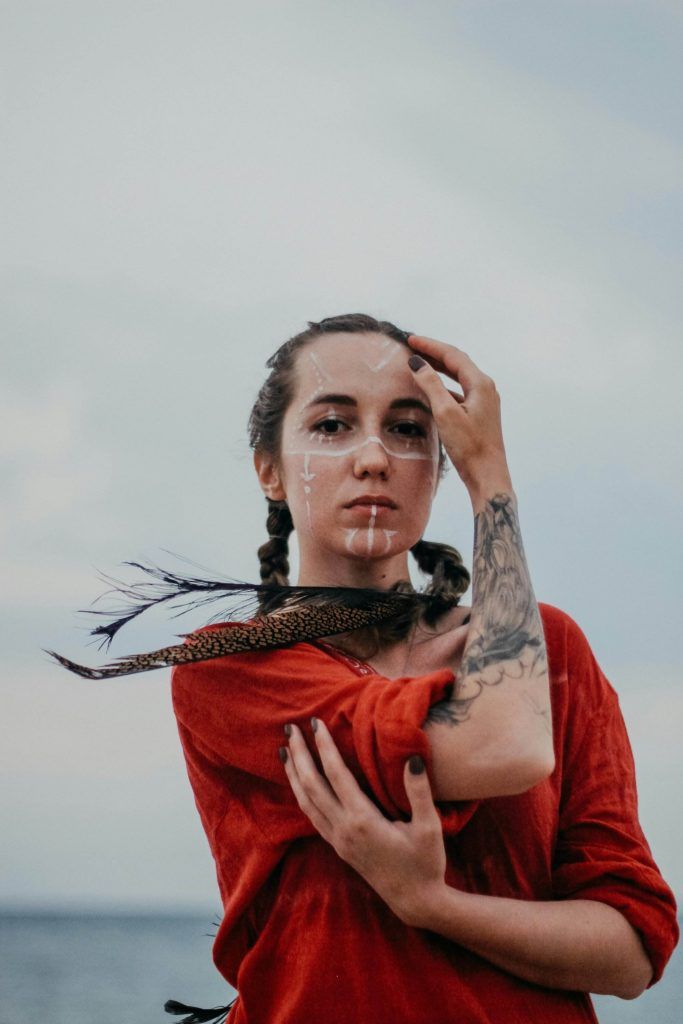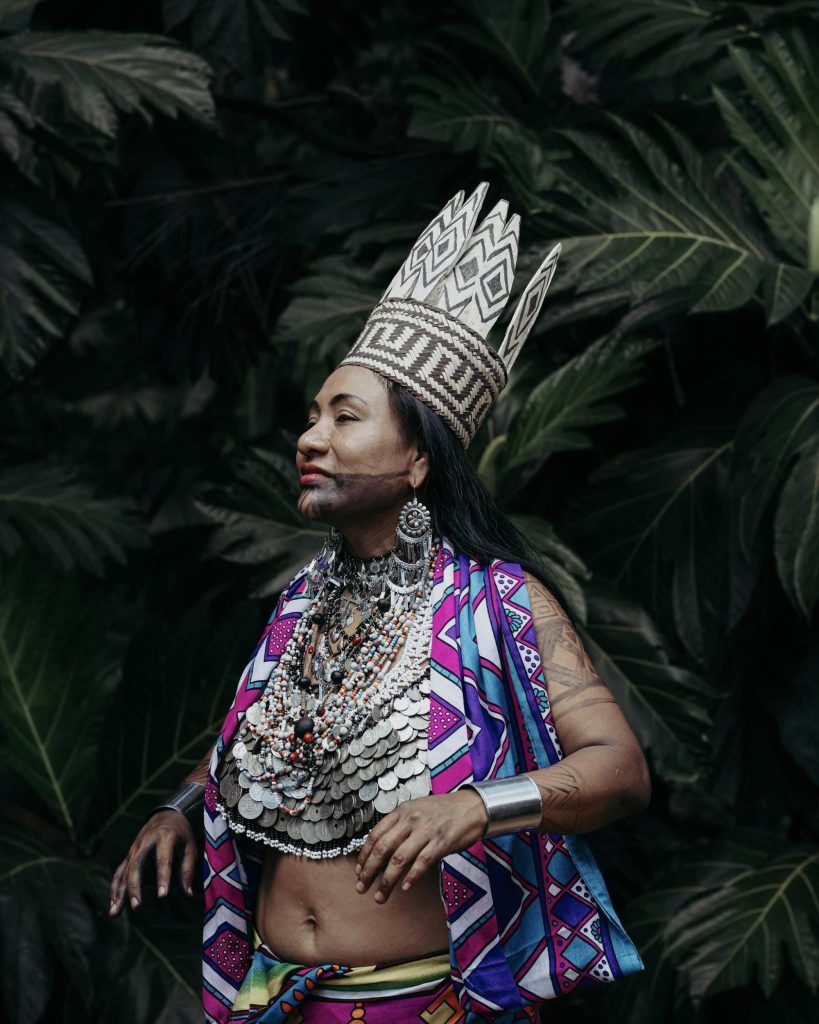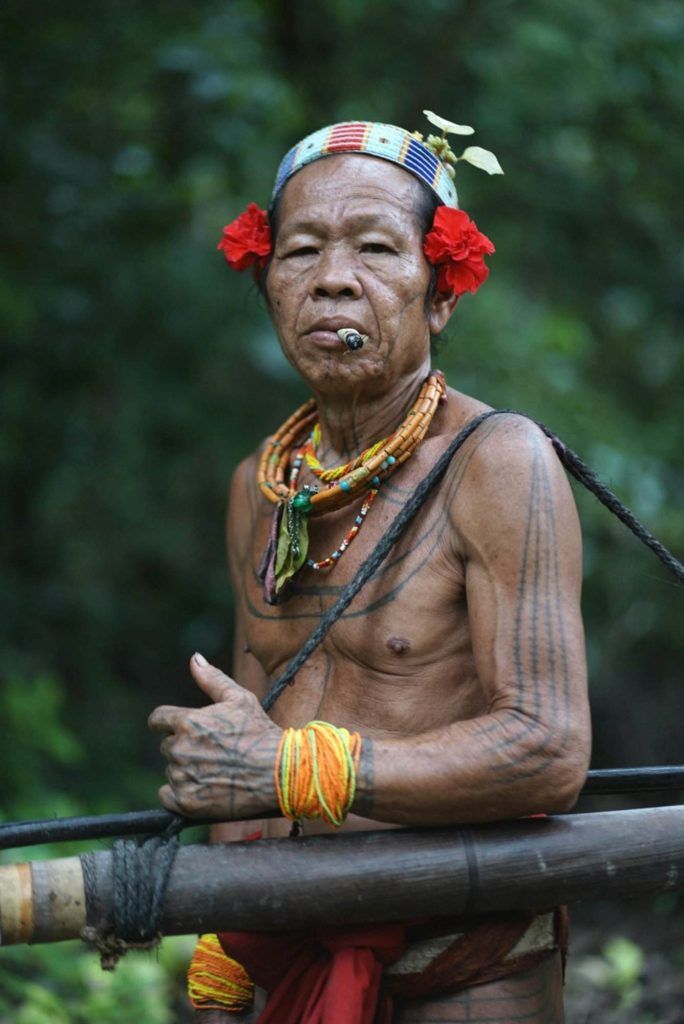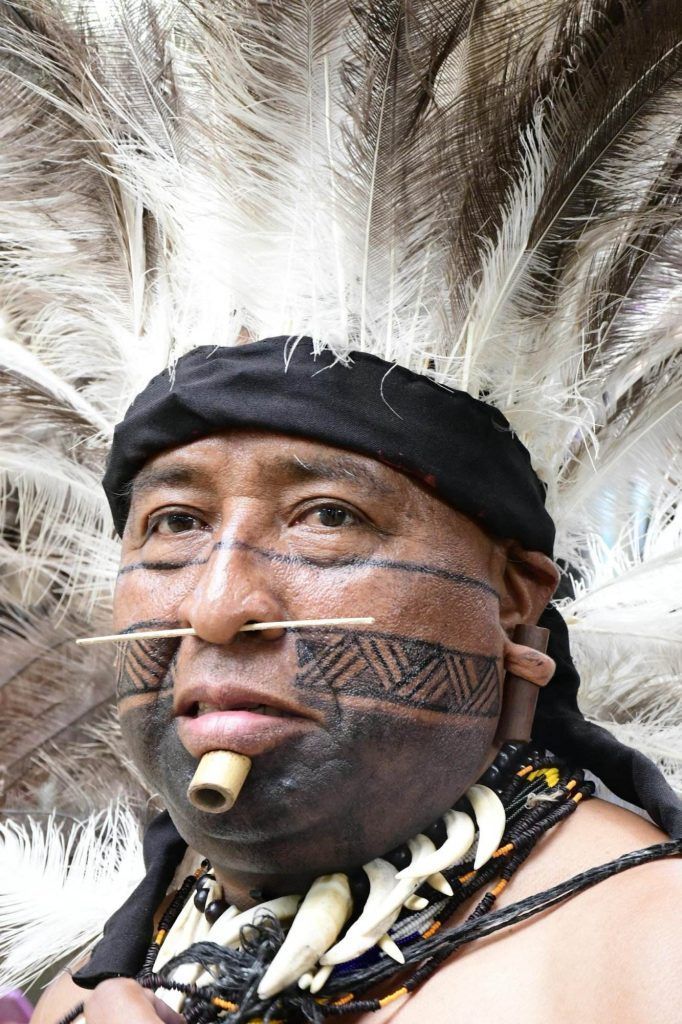Key Takeaways
- Tribal tattoos continue to hold a strong appeal for people across different cultures and backgrounds.
- Tribal tattoos serve as powerful symbols of identity, belonging, and cultural heritage for individuals and communities.
- Tribal tattoos are often linked to rites of passage and spiritual connections, marking important milestones in a person’s life.
- Tribal tattoos are a form of visual storytelling, conveying personal and cultural narratives through intricate designs and symbols.
- It is important to respect and preserve the ancestral traditions and cultural significance of tribal tattoos in modern times.
The Enduring Allure of Tribal Tattoos
Tribal tattoos have captivated the human imagination for centuries, transcending cultural boundaries and time periods. These ancient art forms possess an enduring appeal that lies in their ability to convey deep-rooted cultural narratives, spiritual beliefs, and personal stories. From the intricate designs of the Maori people to the bold, symbolic tattoos of the Polynesian islands, the rich tapestry of tribal tattoo art is a testament to the creativity and cultural diversity of human expression.
The allure of tribal tattoos can be attributed to their capacity to serve as visual representations of one’s cultural heritage, ancestral lineage, and social status within a community. These tattoos act as markers of identity, fostering a sense of belonging and connection to a larger cultural tapestry. The process of receiving a tribal tattoo is often associated with significant life events, such as coming of age, marriage, or achieving a particular social or spiritual milestone, imbuing the experience with deep personal and cultural significance.
The enduring appeal of tribal tattoos also stems from their role as a form of nonverbal communication, serving as intricate visual narratives that convey the wearer’s personal history, experiences, and connection to their cultural heritage. The symbols and designs used in these tattoos hold deep symbolic meaning, preserving cultural traditions and serving as a means of preserving and transmitting ancestral knowledge to future generations.
Symbols of Identity and Belonging
Tribal tattoos serve as powerful symbols of identity and belonging, acting as visual representations of one’s cultural heritage, ancestral lineage, and social status within a community. These tattoos are not merely decorative; they are deeply meaningful expressions of an individual’s connection to their cultural roots and the larger tapestry of their community.
The intricate designs and symbols used in tribal tattoos often hold profound significance, reflecting the unique histories, beliefs, and artistic expressions of each indigenous culture. For example, the geometric patterns and spirals found in Maori tattoos are believed to represent the wearer’s ancestral lineage, while the bold, symbolic designs of Polynesian tattoos may signify the individual’s social status, spiritual beliefs, or personal achievements.
The act of receiving a tribal tattoo is often a rite of passage, marking significant life events or milestones within a community. In many indigenous cultures, the tattoo ceremony itself is a deeply meaningful ritual, imbued with spiritual significance and the passing down of ancestral knowledge. The tattoo artist, or “tā moko” in some cultures, is revered as a custodian of this knowledge and is responsible for ensuring the integrity and cultural significance of the tattoo design.
By wearing these tattoos, individuals are able to visually assert their cultural identity and sense of belonging to a larger community. The tattoos serve as a tangible connection to one’s ancestral roots, fostering a deep sense of pride and connection to the cultural traditions that have been passed down through generations.
Rites of Passage and Spiritual Connections
In many indigenous cultures, the process of receiving a tribal tattoo is often associated with significant life events, such as coming of age, marriage, or achieving a particular social or spiritual milestone. The tattoo ceremony itself can be a deeply meaningful ritual, imbued with spiritual significance and the passing down of ancestral knowledge.
The act of receiving a tribal tattoo is often seen as a transformative experience, marking the individual’s transition into a new phase of life or their attainment of a particular social or spiritual status within the community. The tattoo design may reflect the wearer’s personal journey, their connection to their ancestral lineage, or their spiritual beliefs and practices.
For example, in Polynesian cultures, the intricate tattoos adorning the bodies of men and women are believed to hold deep spiritual significance, representing their connection to the natural world, their ancestors, and the divine. The placement and positioning of these tattoos on the body can also convey messages about the individual’s role, responsibilities, or personal journey within their community.
The ritual process of receiving a tribal tattoo often involves the participation of community elders or spiritual leaders, who oversee the ceremony and ensure that the tattoo is imbued with the appropriate cultural and spiritual significance. The tattoo artist, or “tā moko” in some cultures, is revered as a custodian of ancestral knowledge and is responsible for ensuring the integrity and cultural significance of the tattoo design.
Through the act of receiving a tribal tattoo, individuals are able to forge a deeper connection to their cultural heritage and spiritual beliefs, solidifying their place within the larger community and honoring the traditions that have been passed down through generations.
The Art of Storytelling through Tattoos
| Tribal Tattoo | Cultural Significance |
|---|---|
| Maori | Representing one’s genealogy and social status |
| Polynesian | Symbolizing courage, strength, and social rank |
| Hawaiian | Connected to spirituality, protection, and navigation |
| Native American | Reflecting tribal identity, spiritual beliefs, and achievements |
Tribal tattoos are not merely decorative; they are intricate visual narratives that convey the wearer’s personal history, experiences, and connection to their cultural heritage. The symbols and designs used in these tattoos hold deep symbolic meaning, serving as a form of nonverbal communication and a means of preserving cultural traditions.
Each tribal tattoo design is a unique expression of the individual’s life journey, reflecting their personal experiences, spiritual beliefs, and connection to their ancestral roots. The intricate patterns, geometric shapes, and symbolic imagery found in these tattoos can represent significant life events, such as the birth of a child, the achievement of a particular social or spiritual milestone, or the individual’s connection to the natural world and their community.
In many indigenous cultures, the process of receiving a tribal tattoo is seen as an act of storytelling, where the wearer’s personal narrative is etched onto their skin. The tattoo artist, or “tā moko” in some cultures, is responsible for translating the individual’s story into a visually compelling and culturally significant design.
The art of storytelling through tribal tattoos is not only a means of personal expression but also a way of preserving and transmitting cultural knowledge to future generations. The intricate designs and symbols used in these tattoos serve as a visual language, conveying the rich histories, beliefs, and traditions of the communities that create them.
As the global fascination with tribal tattoos continues to grow, it is crucial to acknowledge the cultural significance and historical context of these art forms. Respecting the legacy of tribal tattoos involves understanding their deeper meanings, supporting the preservation of traditional practices, and ensuring that the appropriation or misrepresentation of these cultural expressions is avoided.
Preserving Ancestral Traditions in Modern Times
As globalization and cultural exchange have increased, the preservation of traditional tribal tattoo practices has become a pressing concern for many indigenous communities. Efforts to maintain the authenticity and cultural significance of these art forms have led to the emergence of initiatives aimed at educating and empowering younger generations to uphold these ancestral traditions.
In many parts of the world, the traditional methods and materials used in the creation of tribal tattoos are under threat, as modern technologies and materials have become more accessible. This has led to a growing concern among indigenous communities about the potential dilution or misrepresentation of their cultural heritage.
To address this challenge, some communities have established educational programs and apprenticeship opportunities to ensure that the knowledge and skills required to create authentic tribal tattoos are passed down to future generations. These initiatives not only preserve the technical aspects of the art form but also instill a deep understanding of the cultural, spiritual, and historical significance of tribal tattoos.
Furthermore, indigenous communities have also taken steps to protect the intellectual property rights and cultural ownership of their tribal tattoo designs. This has involved the development of protocols and guidelines for the use of these designs, ensuring that they are not appropriated or misused in a way that disrespects their cultural significance.
The preservation of tribal tattoo traditions is not only a matter of cultural heritage but also a means of empowering indigenous communities to maintain their unique identities and assert their rightful place within the global cultural landscape. By supporting these efforts and respecting the legacy of tribal tattoos, we can help to ensure that these ancient art forms continue to thrive and evolve, serving as a testament to the enduring creativity and resilience of human expression.
The Diversity of Tribal Tattoo Designs
Tribal tattoo designs are as diverse as the cultures that create them, reflecting the unique histories, beliefs, and artistic expressions of each community. From the intricate geometric patterns of the Maori people to the bold, symbolic designs of the Polynesian islands, the rich tapestry of tribal tattoo art is a testament to the creativity and cultural diversity of human expression.
The Maori people of New Zealand, for example, are renowned for their intricate facial tattoos, known as “tā moko.” These tattoos are not merely decorative; they serve as visual representations of the wearer’s ancestral lineage, social status, and spiritual beliefs. The patterns and designs used in tā moko are highly symbolic, with each element carrying a specific meaning or significance within the Maori cultural context.
Similarly, the tribal tattoos of the Polynesian islands, such as those found in Hawaii, Samoa, and Tahiti, are characterized by their bold, geometric designs and symbolic imagery. These tattoos often depict elements from the natural world, such as waves, stars, and animals, as well as representations of the wearer’s spiritual beliefs and connection to their ancestral heritage.
In other parts of the world, such as the indigenous communities of the Americas, tribal tattoos may feature more organic, naturalistic designs, drawing inspiration from the local flora and fauna. These tattoos can serve as a means of expressing the wearer’s connection to the land, their role within the community, or their spiritual beliefs and practices.
The diversity of tribal tattoo designs is a testament to the rich cultural tapestry of human expression. Each design is a unique reflection of the community that created it, imbued with deep symbolic meaning and a connection to the ancestral traditions that have been passed down through generations.
The Significance of Placement and Positioning
The placement and positioning of a tribal tattoo on the body hold deep significance, often reflecting the wearer’s social status, gender, or spiritual beliefs. The strategic placement of these tattoos can also serve as a means of nonverbal communication, conveying messages about the individual’s role, responsibilities, or personal journey within their community.
In many indigenous cultures, the placement of a tribal tattoo is not arbitrary; it is a deliberate choice that carries profound meaning. For example, in Polynesian cultures, the intricate tattoos adorning the bodies of men and women are believed to hold deep spiritual significance, representing their connection to the natural world, their ancestors, and the divine.
The positioning of a tribal tattoo can also convey information about the wearer’s social status or gender within their community. In some cultures, certain tattoo designs or placements may be reserved for individuals who have achieved a particular social or spiritual milestone, such as becoming a community leader or a spiritual healer.
Furthermore, the strategic placement of tribal tattoos can serve as a means of nonverbal communication, conveying messages about the individual’s role, responsibilities, or personal journey within their community. The placement of a tattoo on the face, for instance, may signify the wearer’s status as a respected elder or spiritual leader, while a tattoo on the hands or arms may indicate the individual’s role as a skilled artisan or warrior.
The significance of placement and positioning in tribal tattoos is a testament to the depth and complexity of these cultural art forms. By understanding the deeper meanings and symbolism behind the placement of these tattoos, we can gain a greater appreciation for the rich cultural traditions and beliefs that they represent.
The Ritual Process of Receiving a Tribal Tattoo
The process of receiving a tribal tattoo is often a deeply meaningful and ceremonial experience, involving specific rituals, protocols, and the participation of community elders or spiritual leaders. The tattoo artist, or “tā moko” in some cultures, is revered as a custodian of ancestral knowledge and is responsible for ensuring the integrity and cultural significance of the tattoo design.
In many indigenous communities, the decision to receive a tribal tattoo is not taken lightly. It is often a carefully considered process that involves consultation with community elders, spiritual leaders, or the tattoo artist themselves. The individual may undergo a period of preparation, which may include fasting, meditation, or other rituals, to ensure that they are physically, mentally, and spiritually ready to receive the tattoo.
The tattoo ceremony itself is often a highly symbolic and ceremonial event, with specific protocols and rituals that must be observed. In some cultures, the tattoo artist may invoke the blessings of the ancestors or the divine before beginning the tattoo process, ensuring that the design is imbued with the appropriate cultural and spiritual significance.
The tattoo artist, or “tā moko” in some cultures, is revered as a custodian of ancestral knowledge and is responsible for ensuring the integrity and cultural significance of the tattoo design. These artists are often highly skilled practitioners who have undergone extensive training and apprenticeship to master the techniques and traditions of their craft.
The process of receiving a tribal tattoo is not merely a physical act; it is a deeply transformative experience that connects the individual to their cultural heritage, spiritual beliefs, and the larger community. By honoring the ritual and ceremonial aspects of this practice, individuals are able to forge a deeper connection to their ancestral roots and solidify their place within the cultural tapestry of their community.
Honoring the Legacy: The Importance of Respecting Tribal Tattoo Culture
As the global fascination with tribal tattoos continues to grow, it is crucial to acknowledge the cultural significance and historical context of these art forms. Respecting the legacy of tribal tattoos involves understanding their deeper meanings, supporting the preservation of traditional practices, and ensuring that the appropriation or misrepresentation of these cultural expressions is avoided.
The increasing popularity of tribal tattoos has led to a growing concern among indigenous communities about the potential dilution or misrepresentation of their cultural heritage. In some cases, the use of tribal tattoo designs by individuals who are not part of the original cultural context has been perceived as a form of cultural appropriation, undermining the deep significance and meaning of these art forms.
To address this challenge, indigenous communities have taken steps to protect the intellectual property rights and cultural ownership of their tribal tattoo designs. This has involved the development of protocols and guidelines for the use of these designs, ensuring that they are not appropriated or misused in a way that disrespects their cultural significance.
Furthermore, efforts to preserve the authenticity and cultural significance of tribal tattoos have led to the emergence of educational initiatives and apprenticeship programs aimed at empowering younger generations to uphold these ancestral traditions. These initiatives not only preserve the technical aspects of the art form but also instill a deep understanding of the cultural, spiritual, and historical significance of tribal tattoos.
By supporting these preservation efforts and respecting the legacy of tribal tattoos, we can help to ensure that these ancient art forms continue to thrive and evolve, serving as a testament to the enduring creativity and resilience of human expression. Honoring the cultural significance of tribal tattoos involves acknowledging the deeper meanings and stories that they convey, and ensuring that these cultural expressions are celebrated and preserved with the utmost respect and reverence.
FAQs
What are tribal tattoos?
Tribal tattoos are a form of body art that originated from various indigenous cultures around the world. They are characterized by bold, black lines and geometric patterns, often representing cultural symbols and traditions.
What is the cultural significance of tribal tattoos?
Tribal tattoos hold deep cultural significance for the communities from which they originate. They often symbolize a person’s connection to their heritage, community, and spiritual beliefs. They can also represent rites of passage, social status, and personal achievements.
What are some common tribal tattoo designs and their meanings?
Common tribal tattoo designs include Maori moko, Polynesian tatau, and Native American tribal patterns. Each design carries its own unique meanings, often reflecting the wearer’s cultural background, family lineage, and personal experiences.
How have tribal tattoos been perceived in modern society?
In modern society, tribal tattoos have gained popularity as a form of artistic expression and personal identity. However, there has also been controversy surrounding cultural appropriation and the misrepresentation of tribal symbols by non-indigenous individuals.
Are there any specific cultural guidelines or protocols to consider when getting a tribal tattoo?
It is important to approach tribal tattoos with respect and understanding of their cultural significance. For those considering getting a tribal tattoo, it is advisable to research the specific cultural meanings and traditions associated with the design, and to seek out a tattoo artist who has knowledge and experience in creating authentic tribal tattoos.

